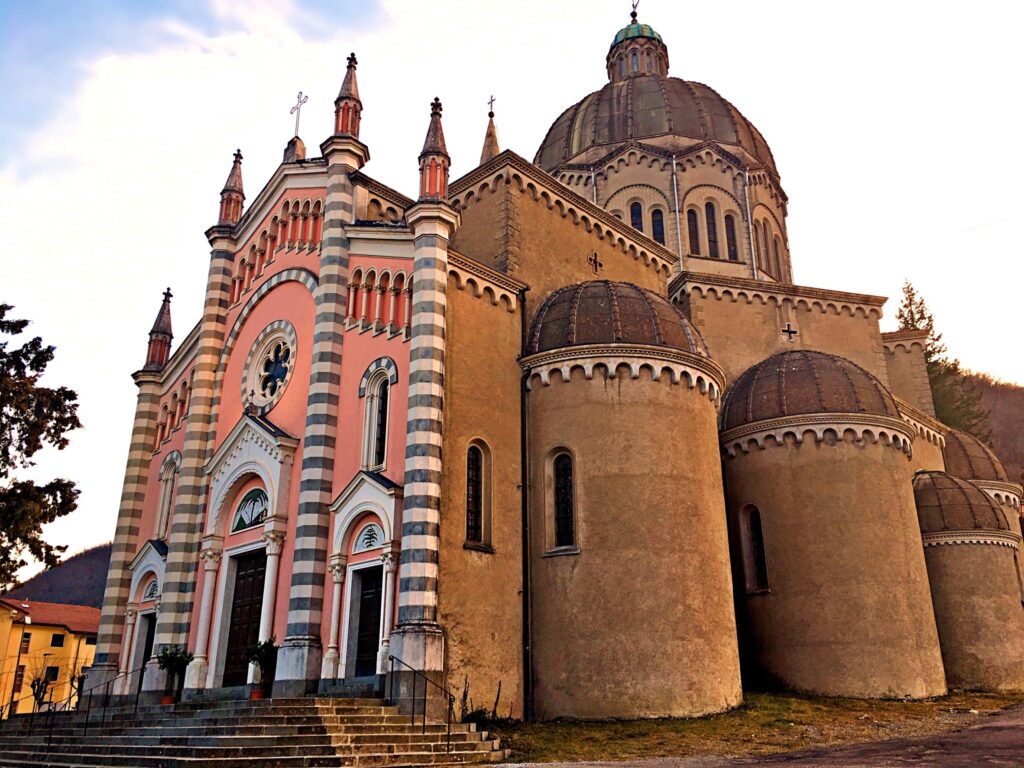On the Tuscan-Emilian border, a portion of the Apennine chain is the regional park of Corno alle Scale. With peaks reaching almost 2,000 meters (6,500 feet), it is both a winter and summer paradise for outdoor enthusiasts. Tiny mountain villages that carry on their ancient traditions still exist as well making Corno alle Scale an ideal adventure for just about anyone.

A Winter Wonderland
Since most people visit this area to enjoy the great outdoors, we’ll begin our tour there. Fortunately for both Tuscans and Emilians, Corno alle Scale is only about an hour away from the major cities of Bologna and Florence. It has become a favorite for skiers with 36 km of runs, 5 chair lifts, and a magic carpet. Thanks to artificial snow, you can ski here about six months out of the year. There is a “baby park” and a snowpark for snowboarders as well as a ski school, so it is appropriate for all levels.
This is also where the world-famous olympian Alberto Tomba first ventured down a slope. In fact, several runs are named after the Italian legend himself. Cross-country skiing and snowshoeing are also practiced here and the park offers guided excursions almost on a daily basis. You can check their calendar of events here (in Italian only).
From the train station in Porretta Terme, there is a convenient bus, Colbus, that connects the major towns within the park and will take you to the ski area. You can reserve your tickets in advance. Click here for more details (Italian only).
Springtime and Summertime Activities
When the snow melts and the days get longer, the park teems with life. Wildflowers and animal life flourish in this habitat and hikers, climbers, and mountain bikers delight in the park’s endless trails and pleasant weather.
Focusing just on the Corno alle Scale peak, there are three different itineraries for hikers: easy, medium, and difficult. Inexperienced hikers or families with young children can take advantage of the Cavone and Rocce chairlifts that operate in the summertime to take them up to the peak of Corno. From there, CAI (Club Alpino Italiano) trail 129 leading to the pristine lake Scaffaiolo.

Mountain bike trails of various levels are also a favorite here. There are also two bike rental locations (in Vidiciatico and Cavone) as well as guides available.
Bouldering is also quickly becoming a favorite pastime for climbers with rock face elevations reaching between 1,200 and 1,700 meters.
As if this weren’t enough to keep you busy, there is also horseback riding and archery within the park!
Mountain Villages
The characteristic villages here have remained isolated and intact for centuries. In fact, the Ligurians, the Etruscans, and even the Gauls were likely among the first residents. Remarkably, some traditions from these cultures have been preserved to this day such as the use of terracotta statues shaped like heads adorning homes and chimneys.
Lizzano in Belvedere, considered the most important town of Corno alle Scale, dates to the fifth century when the area was under Byzantine rule. Both its church steeple and temple, known as il Delùbro date to this time. This is a charming town that offers both history and all the modern conveniences a visitor would need from hotel accommodations to restaurants and shops.

At 810 meters above sea level lies another mountain gem, the village of Vidiciatico. The church here dates to the late 1300s. From here, you can hike up to the Affrico fountain, fill up your canteen with fresh, mountain spring water, and continue on to Budiara and Mount Pizzo. There are also hotels, restaurants, and services here making it another excellent choice for an overnight stay.
Lastly, we’ve come to the village of Madonna dell’Acero. This is the town with the highest elevation (1,200 meters) named for the legend of “Mary of the Maple Tree”. It is said that around the 15th century, two shepherds found shelter from a summer snow blizzard under a maple tree and that one of them who was both deaf and mute, miraculously regained his hearing and speech when the Virgin Mary appeared. Her image was carved into the trunk of the maple tree and soon after, a sanctuary dedicated to “Mary of the Maple Tree” was built. Many miracles were said to have taken place over the following years. The original trunk is now part of the sanctuary’s altar and a new maple tree has been planted in its place. The village is a pilgrim destination, especially in the month of August.
Tuscan-Apennine Mountain Culture and Cuisine
The “mountain culture” that has flourished not just for centuries, but millennia can be appreciated in every aspect of life here from nature, the villages, celebrations, and food traditions.
If you’re a history buff or simply interested in learning more about the area, be sure to visit the Museo Etnografico “G. Carpani” in Poggiolforato open primarily in July and August.
All of the agriturismi (farmhouse lodgings) offer authentic cuisine using fresh, local ingredients such as mushrooms, chestnuts, wild boar, and other wild game.
Every October for over twenty years, the local associations have held a truffle festival, Tartufest, celebrating the delicacy along with other traditional dishes made of chestnut flour. Various events are also held in the month of August, many tied to the Catholic holiday of the Assumption of Mary.

